
Photo: Nonyaware from my grandmother’s collections
On Saturday 16th September 2017, I had the honour of being invited to be the MC for the Peranakan Association Australia NSW‘s 6th Annual Dinner.
We had a wonderful time rekindeling and sharing our Peranakan culture with our fellow baba and nonya, as well as their guests. There were the traditional dance – the “joget”, and the “hokkien” song. On top of that, we wore our traditional outfits – the kebaya and batik sarong with “manek slippers”.
So I thought today is a good day to share with you a brief explanation of what is Peranakan or baba nonya?
What is a Peranakan?
According to Wikipedia – (https://en.wikipedia.org/wiki/Peranakan) “Peranakan Chinese or Straits-born Chinese are the descendants of Chinese immigrants who came to the Malay archipelago, including British Malaya (now Malaysia and Singapore, where they are also referred to as Baba-Nyonya), between the 15th and 17th centuries.
A large part of the Peranakan customs comes from traditional beliefs inherited by their Chinese ancestors but also with some influence of European language and culture. However, the true feature that defines the Peranakan community is their signature dishes and their clothing. Their language is a mixture of Malay, Chinese and English, and they have Chinese names.”
The ladies are known as “nonya” and the men are known as “baba”. I am sharing some information about the clothing today, which is the baju kebaya.
>> If you are interested in the baba nonya cuisine, check out the Little Nonya pastes and the recipe books collection.
Clothing: Sarong Kebaya
This is me, in my grandmother’s baju kebaya
The Peranakans have a unique style of clothing and fashion that was mainly influenced by the Chinese and Malay cultures – “baju kebaya”.
The blouse is known as “baju kebaya”, and the skirt is known as the “sarong”. The kebaya is worn with a batik sarong and matched with “manek” (beads) shoes.
- Kabaya – the blouse with kerosang
- Sarong – the batik skirt
- Manek kasut – beaded slipper
Kabaya
From Wikepedia: “Nonya Kebaya is a beautiful, translucent, figure-hugging embroidered blouse made using lightweight fabric, such as silk, thin cotton or semi – transparent nylon or polyester, adorned with very skilled hand embroidery in the olden days or machine embroidery in the modern society”.
The traditional kebaya has no buttons down the front, so to secure the blouse opening, a decorative metal brooch is applied on the chest – this is called the “kerosang”. It is made from brass, iron, silver or gold and decorated with semi precious stones.
Sarong
The batik sarung is a large length of fabric sewn together to form a wide tube, then held with a belt – usually a silver belt. It is worn by wrapping it around the waist and held together by a silver or metal belt or rope.
These were made by cutting pieces of batik fabric (brightly coloured or printed patterns) in straight lines about 3 metres in length and sewing them together.
Kasut manek
Manek shoes are beaded slippers, also known as “kasut manek”. The slippers are intricately beaded and finely stitched. These slippers are worn by both babas and nonyas, but more commonly worn by the ladies. From the 1930s, heels were gradually worn with the “manek” slippers.
The above is a very brief background about Peranakan and their clothing. Hope you have enjoyed it.
To find out more about the Peranakan culture:
A Peranakan Legacy: The Heritage of the Straits Chinese by Peter Wee http://amzn.to/2jOBZPD
Reference books from Tok Panjang’s collection: https://nyonyalicious.com.au/product-category/peranakan-references/
Peranakan Recipe Books from Tok Panjang’s collection – https://nyonyalicious.com.au/product-category/recipe-books/
Source of research: wikipedia https://en.wikipedia.org/wiki/Peranakan

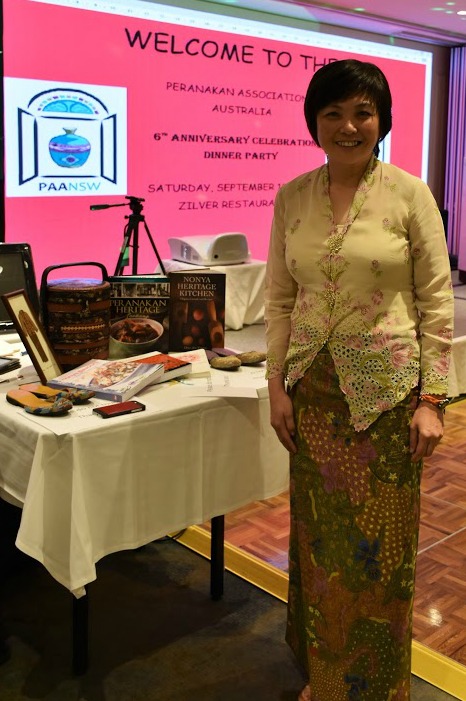
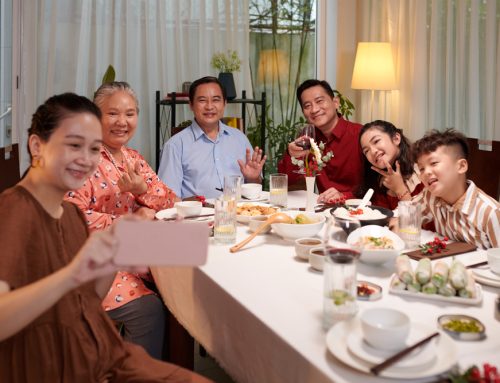
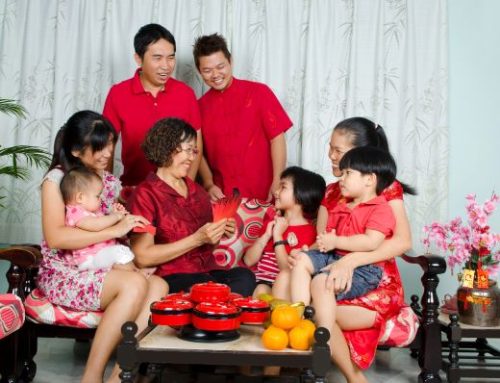
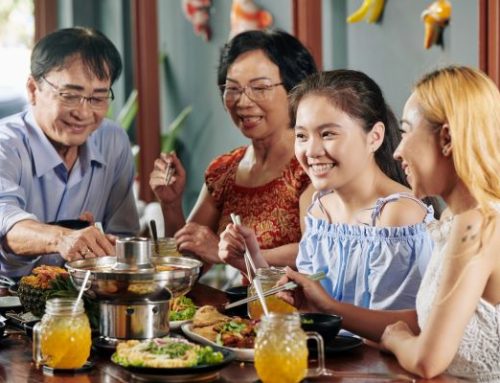
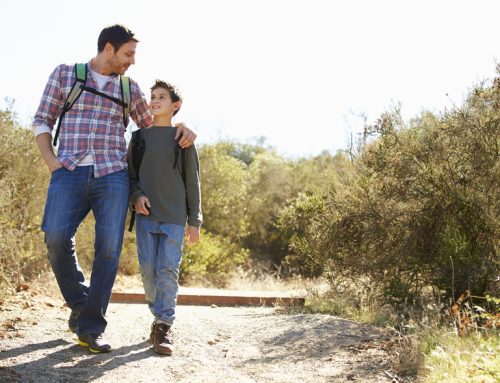
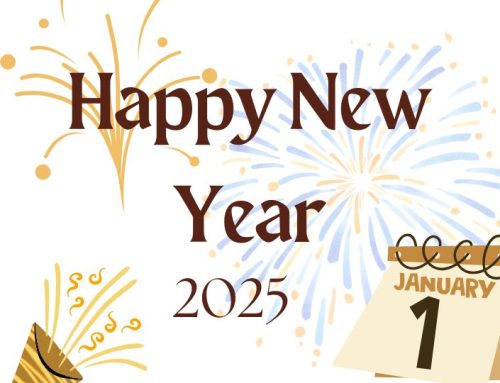
What about male Peranakans? What clothing did they wear?